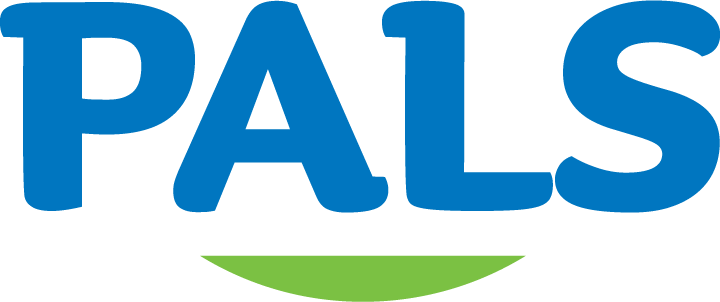BY ASHLEY PARISH
PALS Community Development Associate
While the federal calendar marks the second Monday in October as Christopher Columbus Day, many calendars, possibly even your own, recognize it as Indigenous Peoples’ Day. Indigenous Peoples’ Day is a time to recognize and honor the diverse histories and cultures of the peoples on whose land we are living.
Celebrations of Christopher Columbus Day began in 1792. However, the holiday, and Columbus’ legacy, have long been a source of pain for Indigenous people in what is now the United States. Many textbooks glorify Columbus as a brave explorer, yet those same textbooks often fail to acknowledge that his arrival in the Americas led to the colonization of this land, and to the death and destruction of many Indigenous people and their communities.
As we look around our communities, we may see homes, bustling community centers, cultural hubs, and houses of worship. However, we must remember the land we stand on once was home to thriving indigenous communities, communities which had their own homes, places of gathering, areas of connection, and spiritual centers. Those communities were not so different from those that currently occupy this land. It can be difficult to conceptualize the magnitude of the Indigenous peoples that prominently stood in place of our modern cities. In recognizing the magnitude of these communities, you can also imagine what a devastating loss it was for these communities to lose their lands.
Indigenous communities have occupied, cultivated, and thrived on the land we know as the modern United States. It is so important to honor this, rather than try to overlook such a monumental piece of history. One way we can celebrate Indigenous Peoples’ Day is through the process of land acknowledgement.
When you practice land acknowledgement, you recognize that the land you occupy holds a rich history, and you acknowledge the people to whom it belongs. This can be a written statement you prepare, an understanding you hold, or even a teaching moment you share with someone else. As part of this practice, take the time to learn about the Indigenous community who once occupied the land you live on. Read about their customs and traditions, research any treaties and wars that tore their land from them, and reflect on the impact they had on your own community. If you have access to museums or monuments honoring these communities, take time to visit so you can continue to learn. If you need more guidance on land acknowledgement, Nativegov.org has a great resource to help you get started.
To begin this process, we also recommend you visit https://native-land.ca, a resource to help you identify the vast indigenous territories across the United States. Using this tool, you can pinpoint modern cities, businesses, or even your own home, and see what communities once stood in that same place. Through this process, I learned that my childhood home was in the middle of Ohlone territory, and spent time learning about the owners of this land who lived there before me. It has been a fascinating and humbling experience to learn about this land.

